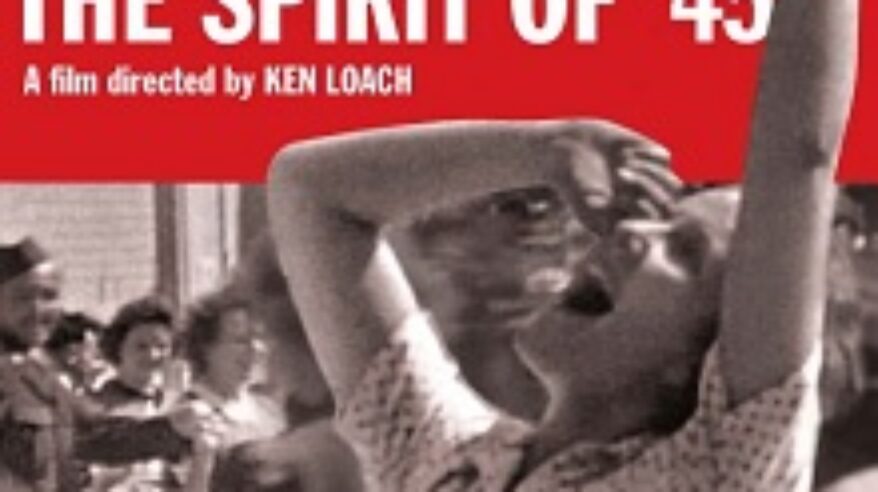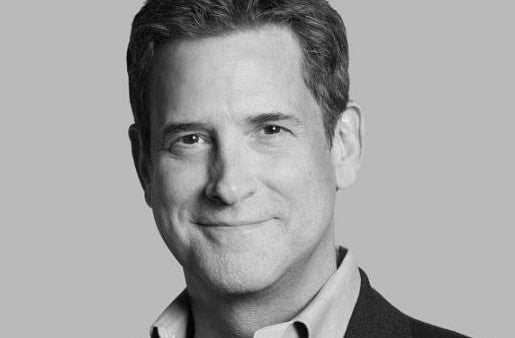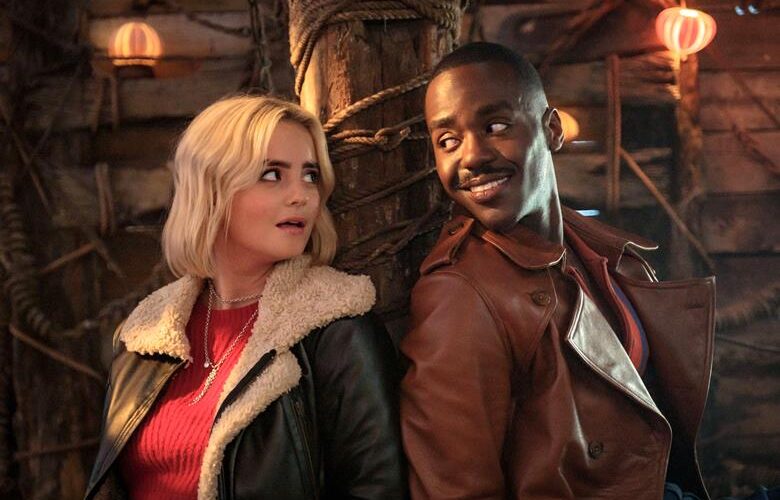The Spirit of ’45: The archive

Ken Loach‘s archive documentary film The Spirit of ’45 was the director’s love letter to British society, capturing a pivotal period after World War II; a time when there was a resounding feeling of hope throughout the nation.
Archive producer Jim Anderson was the man tasked with finding all the archive footage – ten years’ worth in fact. That’s a lot of archive.
Jim tells about his initial brief from the director, and takes us through his research process on the film.
Â
The initial brief
My main brief from Loach was in June 2010 to find as much quality footage as possible depicting life in Britain during the ten years after World War II ended.
The topics we discussed included:
 – Celebrations at the end of the war and coming home
 – People’s hopes and aspirations
 – The idea of full employment and all classes working together
 – The Labour movement and new government
 – Industry, mining, railways and nationalisation Â
 – Housing, health and the new NHS
 – A little about life in the UK in the 1930s
In particular, Loach wanted material that featured real people’s lives and not the rich or famous.
Beginning the research process
Having decided on the topics the director wanted to feature, from experience I knew the best archive sources, so made contact with them and searched on their online catalogues for available footage.
The main archive sources I used were BBC Motion Gallery, Imperial War Museum, ITN, BFI, British Pathé, British Movietone and North West Film Archive.
The challenge was the amount of time it took to find all the relevant footage from as many sources as possible in the UK and abroad. This was done mainly via emails to the huge archive circle around the globe.
After several weeks I had found (and had been sent) a huge amount of material – some great, some good, and some not worth considering further. The next step was to get feedback from Loach as to what he liked and disliked and see if he agreed with my thoughts on what was good or useless.
Viewing, viewing, viewing
The two of us then watched several hours of footage together at his London production office. Only the most relevant footage was kept for future editing, and the feedback during this time guided me as to where and how to find more material.
By the beginning of October 2010 we had selected over five hours of good clips covering 1930 to 1955 – enough to make the majority of the film.
Then Loach and I went on to work on other projects.
Two years later…
Around Easter 2012 Loach started to film interviews for the film. Editing began in the summer and just before that I was given a new brief, which was mainly regarding more modern footage from 1979 onwards but dealing with the many of the same topics as before.
Clearing and licensing
The edit was mostly completed by the autumn of 2012 when the processing of identifying, clearing and licensing all the material in the film began. This involved quite a lot of help from my production manager at Sixteen Films (Eimhear McMahon) and the staff from our archive sources.
After some negotiation about what we could afford to include for our limited documentary budget, the film was nearly finished by December 2012 ready for the final post-production work.
The challenge
The main challenge was getting all the material for worldwide use in perpetuity for a documentary film – with a doc budget.
Â
.jpg)
The Knowledge would like to thank Jim for his insight and industry expertise. Would you like to tell us about your role in the industry, or a particular project you worked on? If so then drop us an email.
Â
Share this Article















